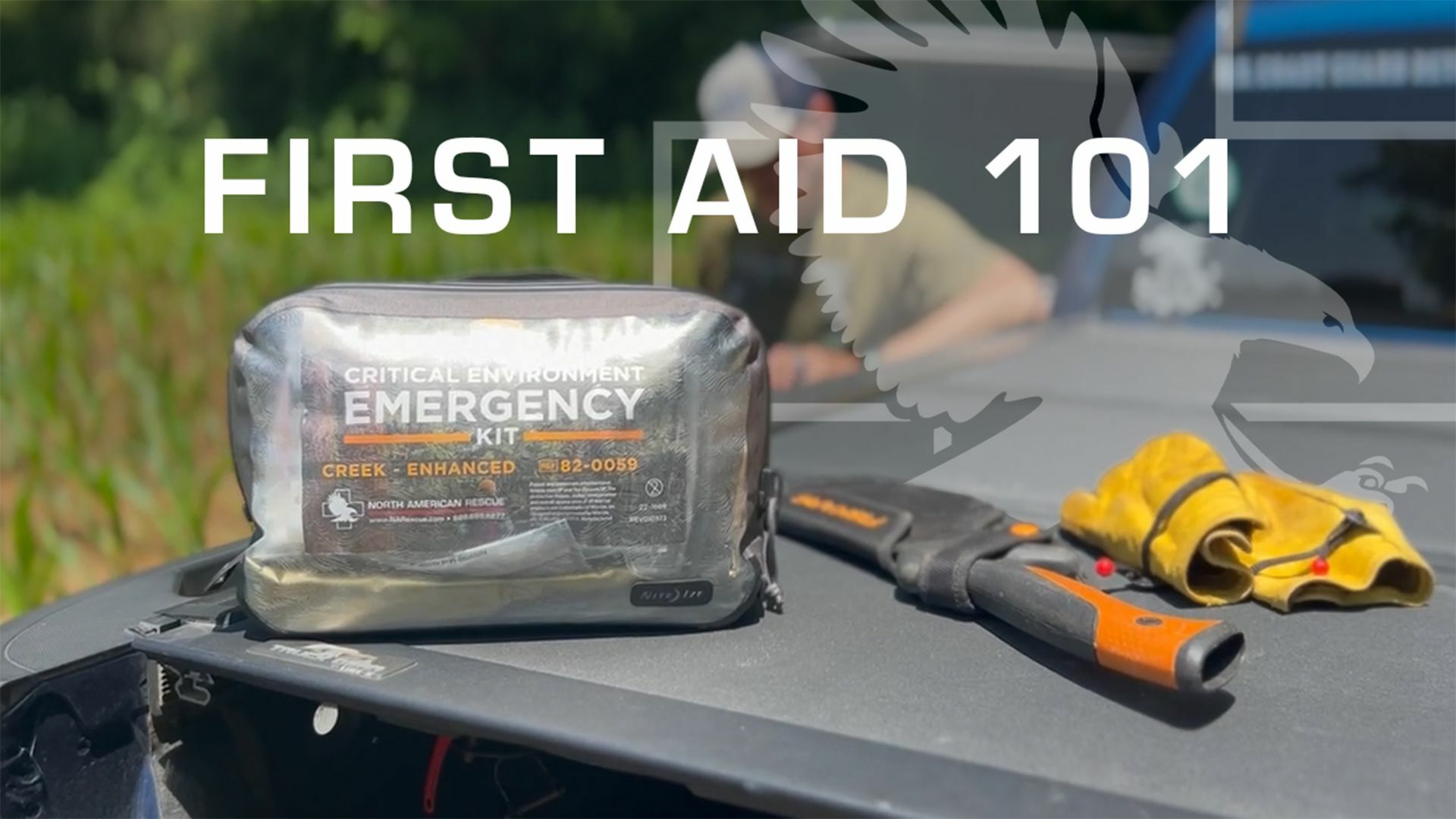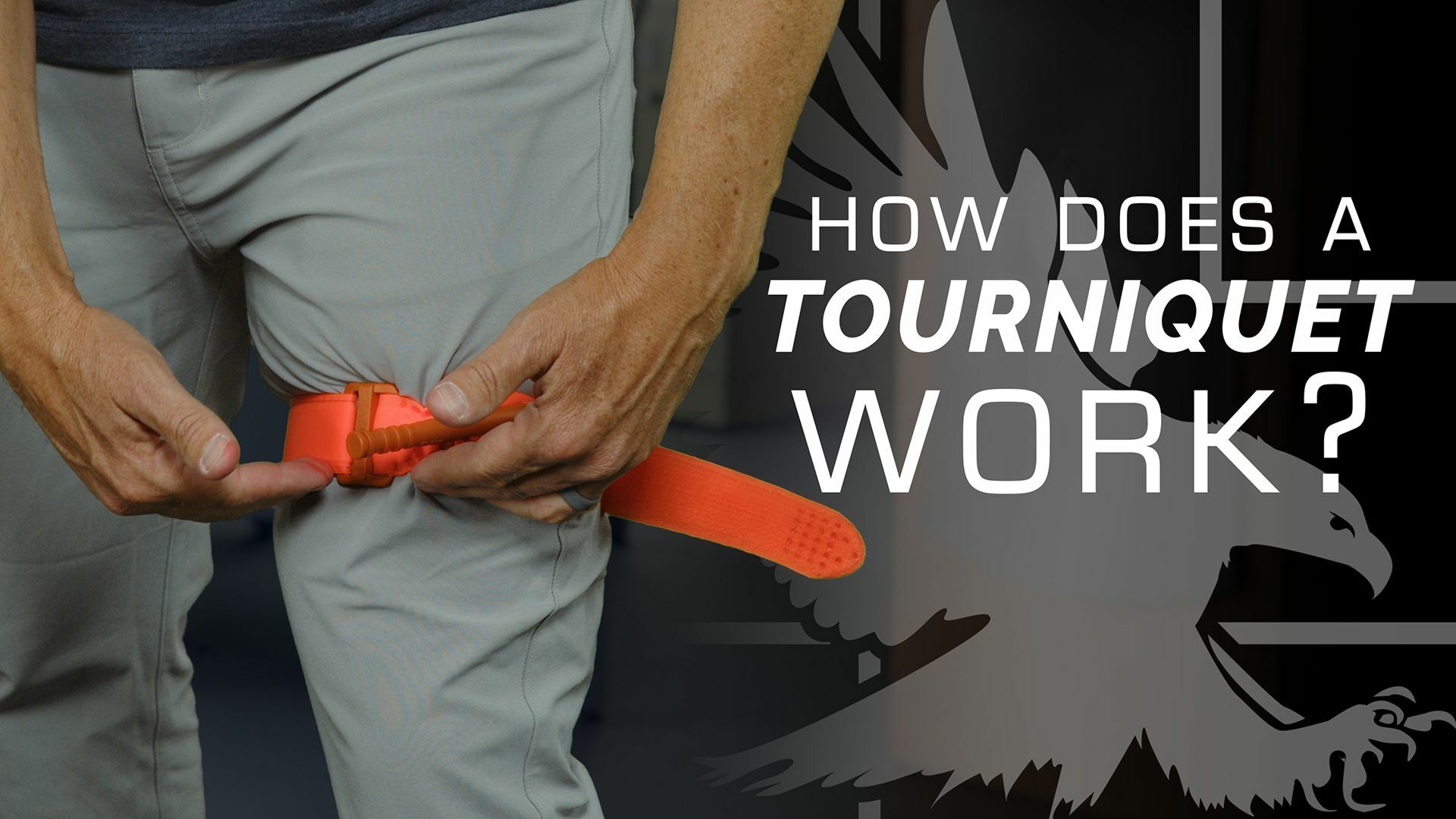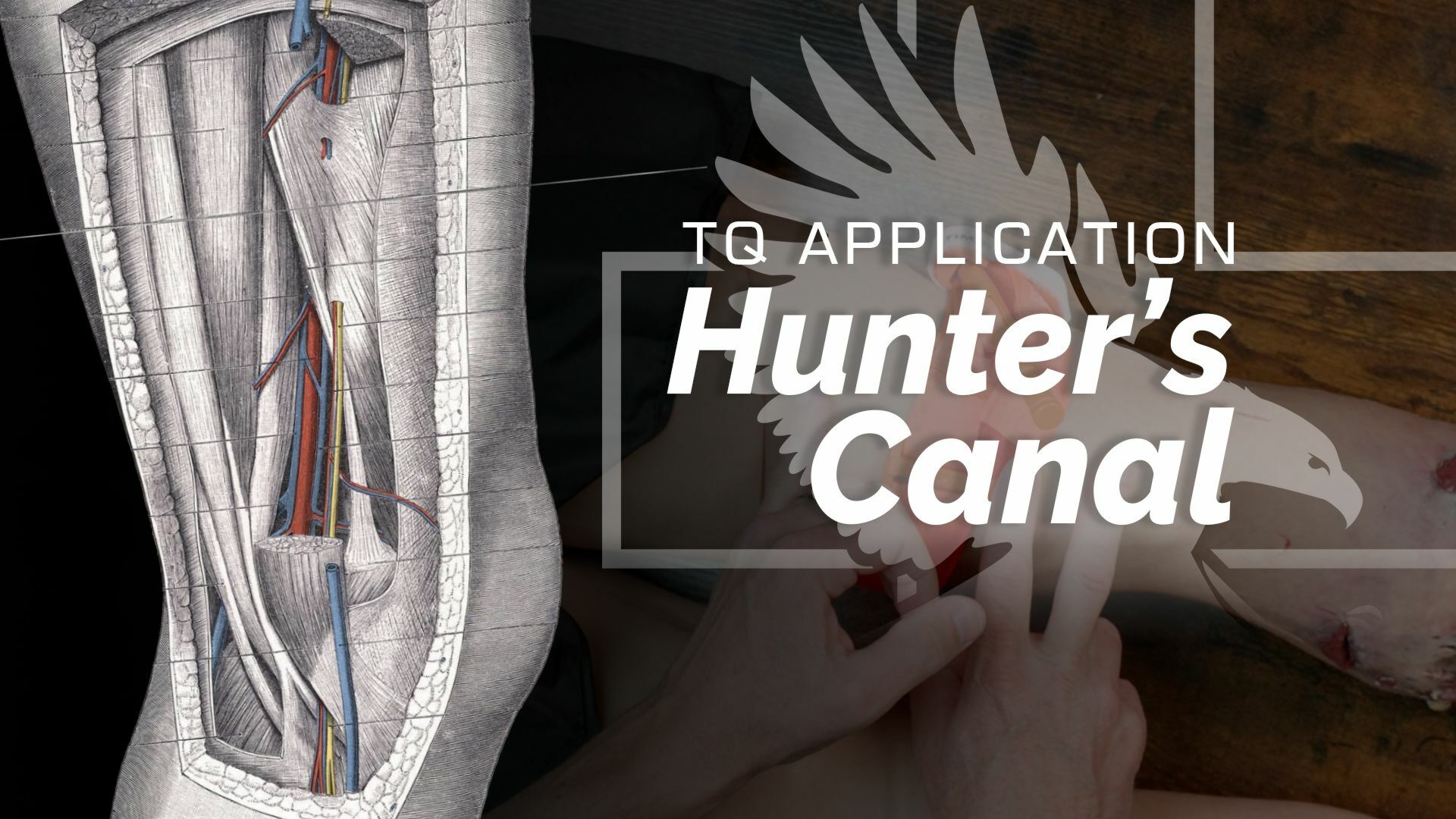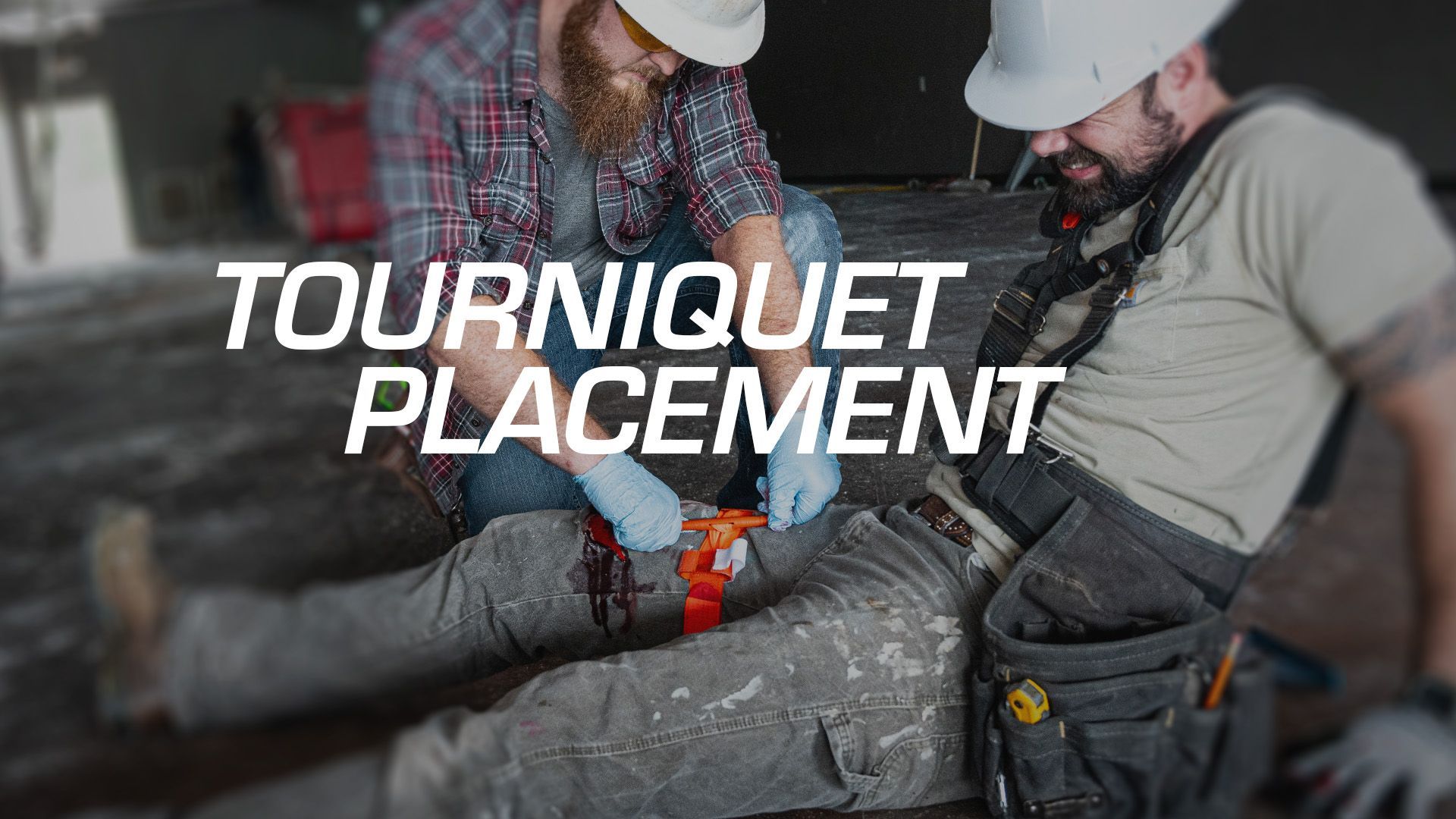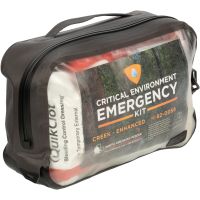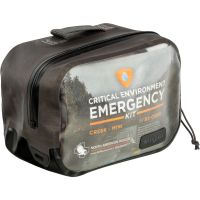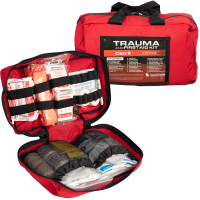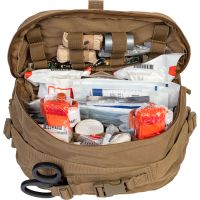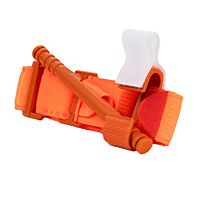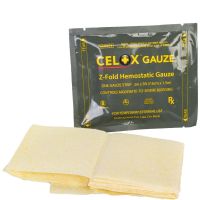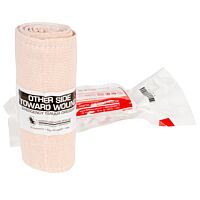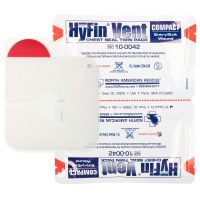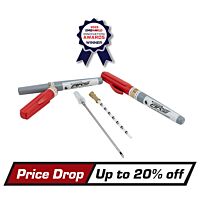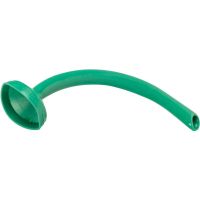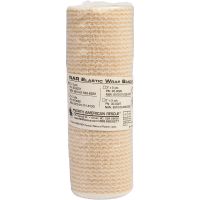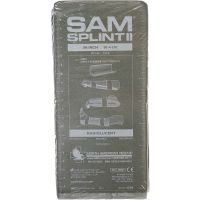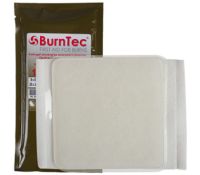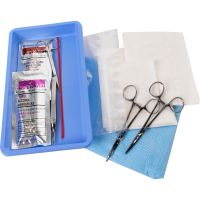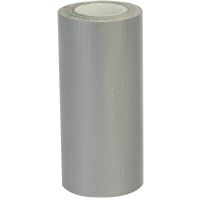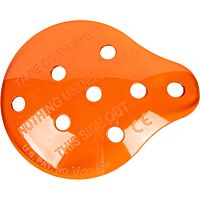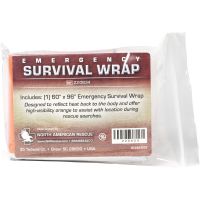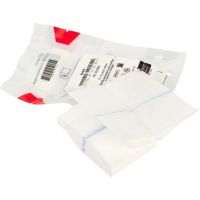So today I want to talk a little bit about first aid kits. We get a lot of questions on packing a first aid kit and what kinds of things should I bring along with me?
Breaking Your Kit Down
So the way I like to break it down is life saving essentials that I want to have on me at all times, and then all the other stuff that comes in handy for all the minor injuries. scrapes. Sprains, strains, burns, you name it.
Life Saving Essentials
So at the core of essential life saving stuff, I'm going to focus on bleeding control because bleeding out is one of the most common causes of preventable death.
Bleeding Control
I'm always going to have a tourniquet on me. I'm going to have a hemostatic. I've got Wound Packing Gauze to go with that hemostatic for packing wounds. I've also got an Emergency Trauma Dressing. So that's the trauma dressing where I can pack a wound and then place that dressing around it to hold it in place.
Airway and Respirations
And then if we move on to airway and respirations. I'm going to bring two vented chest seals with me and a couple of the Enhanced ARS® needles for needle decompression should the need arise. And then I always like to carry an NPA with me as well.
Minor Injury Care
Orthopedic Injuries
Splinting for breaks and sprains
Again, I have my core of life saving essential equipment that I can't replace in case of an emergency. But then as I build on, I look at the more common injuries that I'm going to face either day to day in the field, on vacation, one of the most common things is going to be ortho injury. So at a minimum, I like to have two ACE wraps with me and a SAM splint. That way I can splint fractures. I can wrap up joints, strains, sprains, and isolate joints as need to. So I can get that patient to care. and help relieve a little bit of pain by splinting them.
Burns
Next thing I like to look at is burns. There's not a whole lot for burns out there. I find the BurnTec® to be pretty helpful. It's a hydrogel based burn dressing and so it helps relieve pain.
Scrapes and Lacerations
Next most common thing is going to be scrapes and lacerations and that happens all the time everywhere. Flexible Fabric Bandages you can never have enough and then I'll have a little wound repair kit. Sometimes I'll take a suture kit with me, but at a minimum, I'm going to have some Steri-Strips.
OTC Medication
Beyond that, people are always looking for Tylenol, Aleve, Benadryl in case of an allergic reaction, antidiarrheals, all the little minor illnesses that you can get mostly over the counter stuff here. I also like to have kind of a convenience kit, which has a little bit of everything in it. So this has a few more bandages on it.
It's got tape, basically like duct tape that's in it. I've got an eye shield. I've got a syringe so I can irrigate wounds and wash things out. And then finally, I always like to have a survival wrap on me. This will help retain heat. It's bright orange. So search and rescue can spot it really easily out in the wilderness.
Build your Kit
Those are just a few of the things that I like to have. Again, I've got my emergency core and then I build onto that based on the different categories of injuries I think I'm going to find or I'm most likely to encounter. Take a good assessment of what activities you're doing. Try to think through what are the more common injuries and illnesses that I'm going to encounter and then build your kit around that. Hope it helps.
First Aid Essentials List
Life Saving Essentials
- C-A-T® Tourniquet
- Hemostatic
- Wound Packing Gauze
- Emergency Trauma Dressing
- HyFin® Vent Compact Chest Seal
- Enhanced ARS® (Requires an MDA)
- NAR Nasopharyngeal Airway - 28F
Minor Injury Care
- ACE wraps
- SAM splint
- BurnTec®
- Flexible Fabric Bandage
- Surgical Suture Kit (Requires an MDA)
- Steri-Strips
- Tylenol
- Aleve
- Benadryl
- Antidiarrheals
- Duck Tape
- Eye Shield
- Syringe
- Survival Wrap

